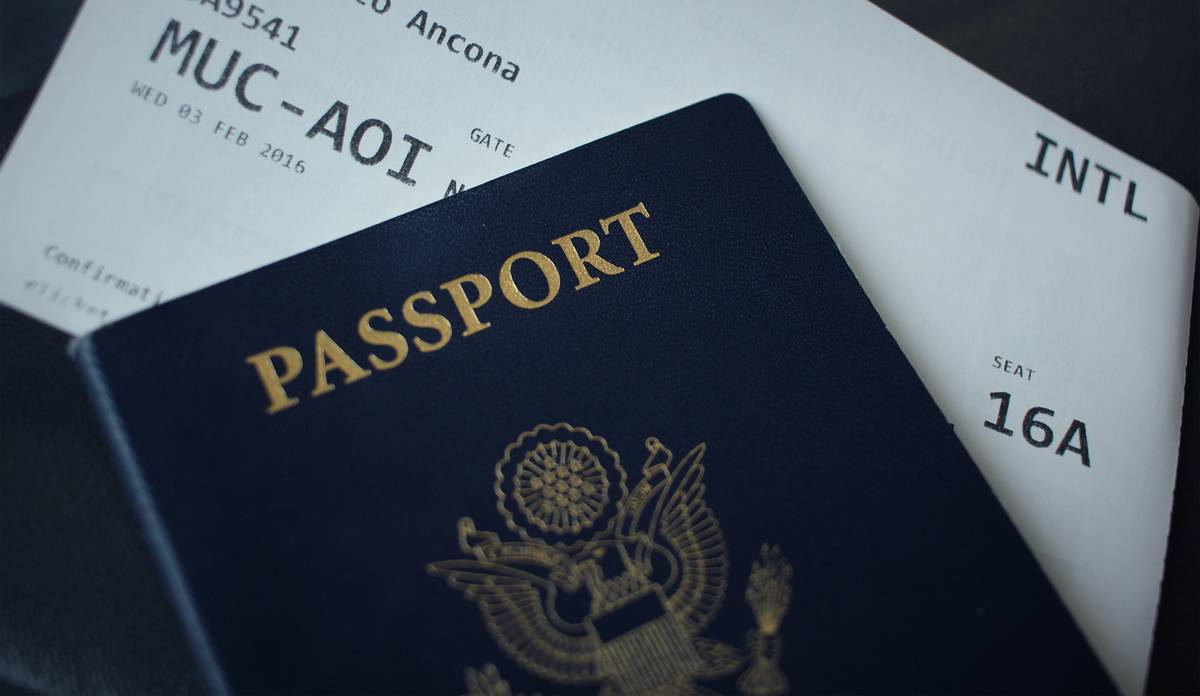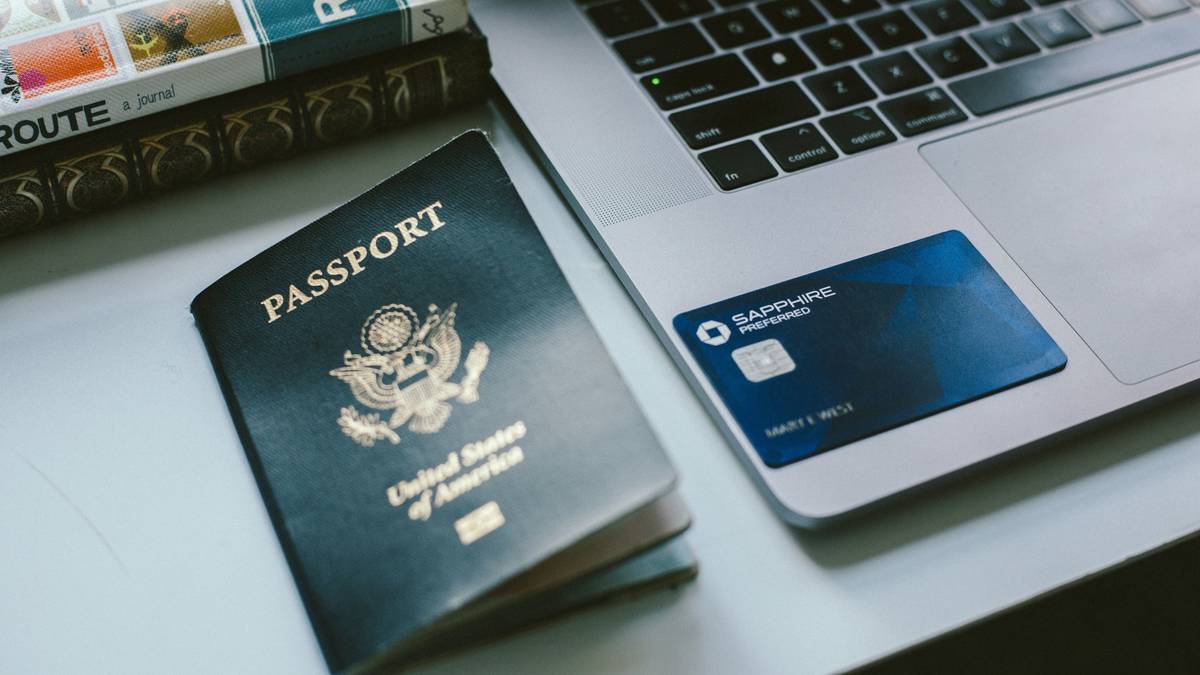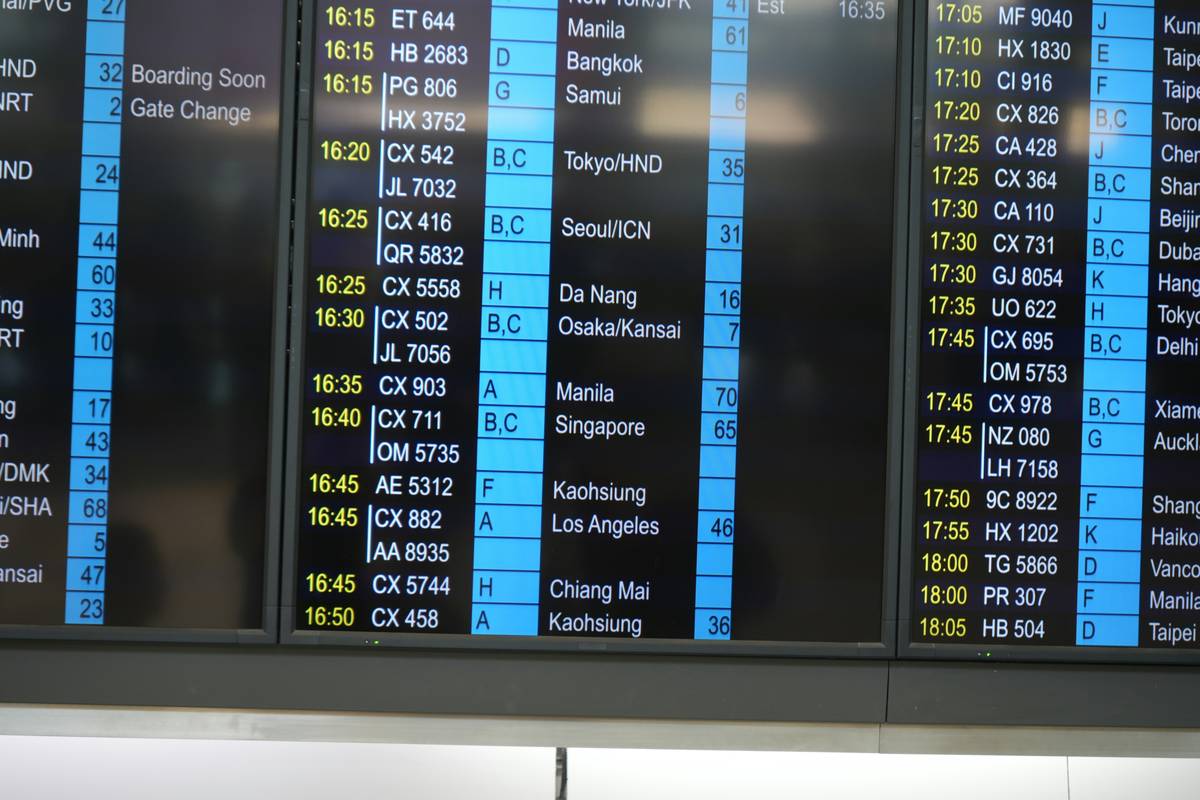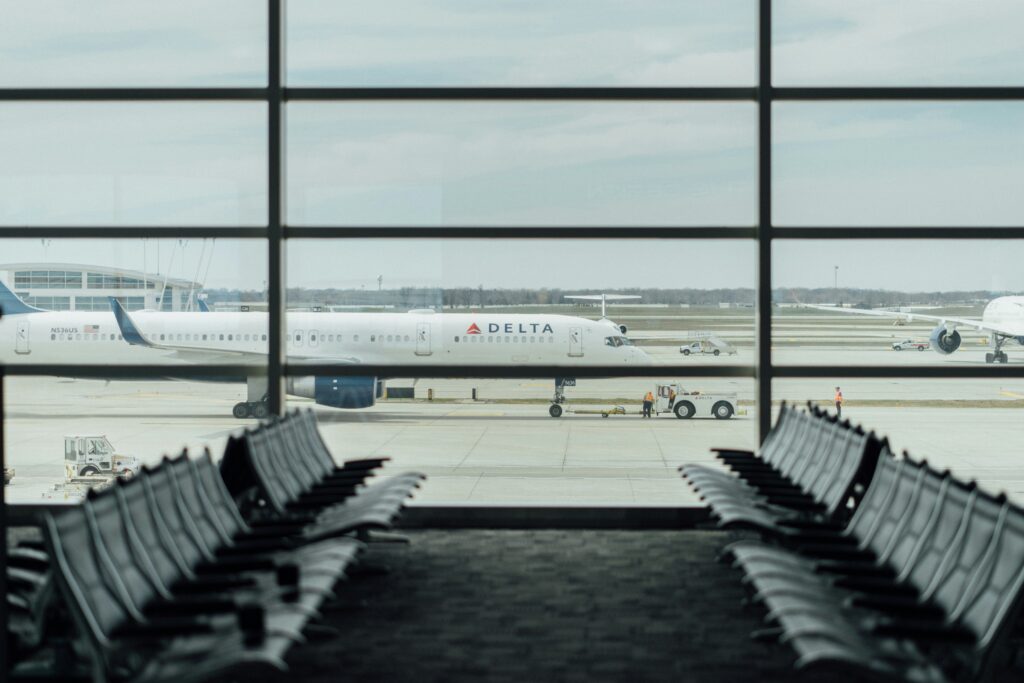Ever been stuck in an airport for 8 hours because your flight was delayed due to “unexpected weather”? Yeah, us too. And if you’re like most travelers, you probably spent that time Googling “airline delay payouts” while drowning your frustration in overpriced airport coffee. The truth is, airlines aren’t exactly rushing to hand out compensation—but with the right travel delay insurance, *you* can get paid for those lost hours.
In this post, we’ll dive into how airline delay payouts work, why travel delay insurance might be your best travel buddy, and actionable steps to maximize your compensation (and minimize your stress). You’ll learn about:
- The sneaky truth behind airline delay payouts
- How to choose the best travel delay insurance policy
- Tips to optimize your claim process
- Real-world examples of successful claims
Table of Contents
- Key Takeaways
- The Sneaky Truth Behind Airline Delay Payouts
- How to Choose the Best Travel Delay Insurance Policy
- Tips to Optimize Your Claim Process
- Real-World Examples of Successful Claims
- FAQs About Airline Delay Payouts
Key Takeaways
- Airlines rarely offer payouts for delays unless mandated by law—travel delay insurance fills the gap.
- Policies vary widely; look for coverage limits, exclusions, and customer service reviews.
- Filing a claim doesn’t have to be painful—follow step-by-step systems to streamline the process.
- Not all policies cover every type of delay (cough, cough, volcanic ash clouds).
The Sneaky Truth Behind Airline Delay Payouts

Let me start with a confessional fail here: On my last international trip, I skipped buying travel insurance altogether because, hey, who actually needs it, right? Wrong. Dead wrong. My connecting flight got delayed by 6 hours—not because of bad weather but some vague “maintenance issue.” Guess what the airline offered? A pat on the back and maybe a soggy sandwich.
Here’s the brutal honesty: Airlines are notorious for dodging responsibility when it comes to payout claims, even though regulations like EU261 exist to protect passengers. Unless you’re flying within European airspace or dealing with specific circumstances, don’t expect them to cut you a check anytime soon.
This is where travel delay insurance swoops in like your fairy godmother. It offers pre-set payouts based on the length of your delay, so you don’t need to fight tooth and nail just to recoup costs.
“Optimist You:* ‘Travel delay insurance will solve everything!’
Grumpy You:* ‘Yeah, but only if reading fine print sounds fun.'”
How to Choose the Best Travel Delay Insurance Policy

Selecting the right travel delay insurance isn’t rocket science—but it does require attention to detail. Let’s dive into the steps:
Step 1: Understand Coverage Limits
Different insurers offer varying daily payout caps. For example, one plan may pay $100 per day after a 6-hour delay, while another offers $500 after 12 hours. Always go with realistic assumptions about your average trip cost.
Step 2: Check Exclusions Carefully
Most policies exclude delays caused by natural disasters, government actions, or pandemics (remember 2020?). Read the fine print carefully before committing.
Step 3: Compare Customer Service Reviews
A shiny policy means nothing if the claims process feels like pulling teeth. Scour review sites like Trustpilot or Reddit threads to gauge real user experiences.
Sounds easy enough, right?
Tips to Optimize Your Claim Process
Even with the perfect policy, submitting a claim could feel as chaotic as finding your gate at Heathrow Terminal 5 during peak season. Here are some tips to keep things smooth sailing:
- Document Everything: Snap photos of departure boards, save emails from the airline, and jot down timestamps for delays.
- Know Your Policy Inside Out: Keep a digital copy handy—it’s cheugy AF to misquote terms mid-dispute.
- Follow Up Regularly: Don’t let your claim disappear into bureaucratic purgatory.
- Hire Help If Necessary: Some companies specialize in helping travelers navigate complex claims processes.
Real-World Examples of Successful Claims

If you think success stories sound too good to be true, meet Sarah, who flew from New York to London last summer. Her flight was delayed by 9 hours thanks to mechanical issues. Armed with her receipts for meals and transportation, plus documentation from the airline, she filed a claim through her travel delay insurance provider and received $450 within two weeks!
Then there’s Mark, who traveled across Australia and had multiple delays totaling 18 hours over three separate flights. By keeping meticulous records and promptly notifying his insurer, he managed to secure $1,200 in cumulative payouts. Not bad for someone whose original intent was simply avoiding debt from unexpected expenses.
FAQs About Airline Delay Payouts
Do All Airlines Offer Compensation for Delays?
Nope. Most airlines outside Europe won’t compensate unless required by local laws. That’s why investing in travel delay insurance makes sense.
What Qualifies as a Covered Delay?
Common qualifiers include mechanical failures, inclement weather, or strikes—but always double-check your policy specifics.
Can I Combine Multiple Policies for Higher Payouts?
Technically, yes. But juggling multiple insurers can turn messy faster than TSA security lines. Stick to one solid plan instead.
Conclusion
Airline delays suck—but they don’t have to drain your wallet or ruin your vacation vibes. With the right travel delay insurance plan and a little proactive effort, scoring airline delay payouts becomes less daunting than deciphering airport acronyms (*seriously,* what does SFO stand for anyway?).
To recap: Know the risks airlines dodge, research your options thoroughly, and document every detail to ensure swift compensation. Happy travels—and remember, sometimes the journey IS worth fighting for.
Like Y2K nostalgia, preparing for disruptions never goes out of style.
—Your friendly neighborhood travel guru 💻✈️


